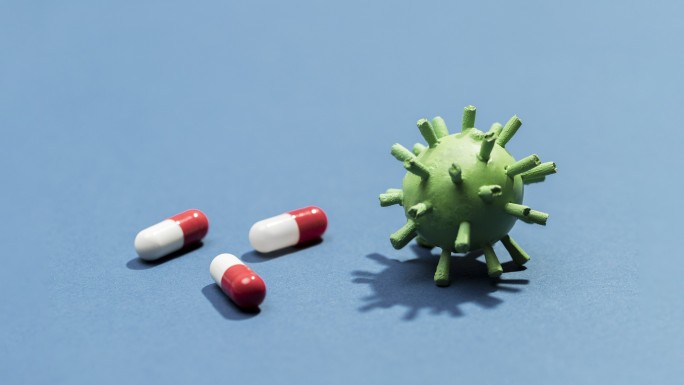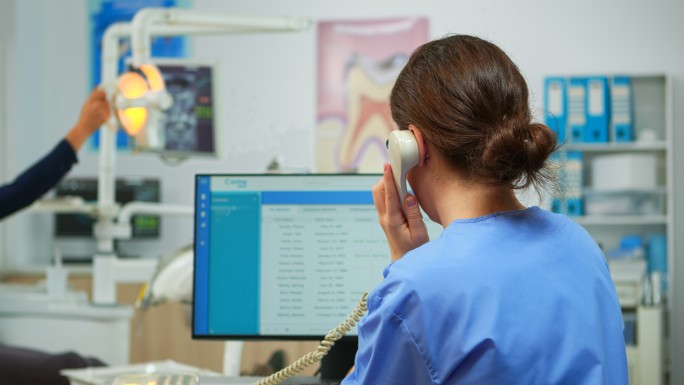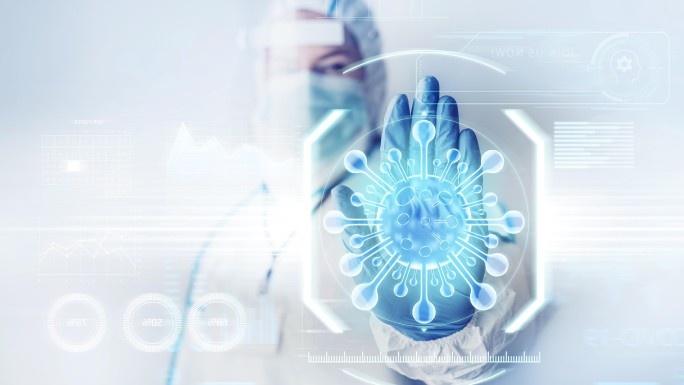Essential Functions of PHR (Personal Health Record) system
In the era of modern technology, the adoption of Personal Health Records (PHR) has been significantly increasing among healthcare fields. PHR serves as an essential tool for individuals to conveniently manage their health information.
For a PHR system to effectively serve its purpose, it needs to have several required functions. In this article, we will explore some necessary PHR functions and how PHR could integrate with other modern healthcare systems and tools.
Let’s start!
Necessary functions of a PHR system
There are many functions a PHR can perform, but here we will introduce to you some of the most basic and necessary functions of a PHR system.
Health information management
The primary function of a PHR system is to centrally record and track an individual's health information. This includes medical records, prescriptions, test results, allergy information, immunizations, and more. The PHR system should provide a user-friendly interface that allows for easy input and updating of this information, enabling individuals to access their health history and add necessary information.
Data sharing with healthcare providers
A PHR system should provide a mechanism for sharing health information between patients and healthcare providers. This enables doctors and nurses to make diagnoses and provide treatments based on accurate and up-to-date information. The data sharing process should be seamless, secure, and controlled based on the patient's preferences.
Read more: Common information security problem in PHR
Reminders and online support
A PHR system can support reminders and provide assistance in health management. The system can remind individuals of regular health check-ups, vaccinations, screenings, and more. Additionally, PHR can support the tracking of health indicators such as blood pressure, blood glucose levels, weight, and exercise, allowing individuals to understand and manage their health status effectively.
Visualization health report
This PHR function allows users to view their health data in a visually intuitive format, such as charts, graphs, and trend analyses. By translating complex medical information into accessible visual representations, individuals can gain insights into patterns, trends, and changes in their health over time.
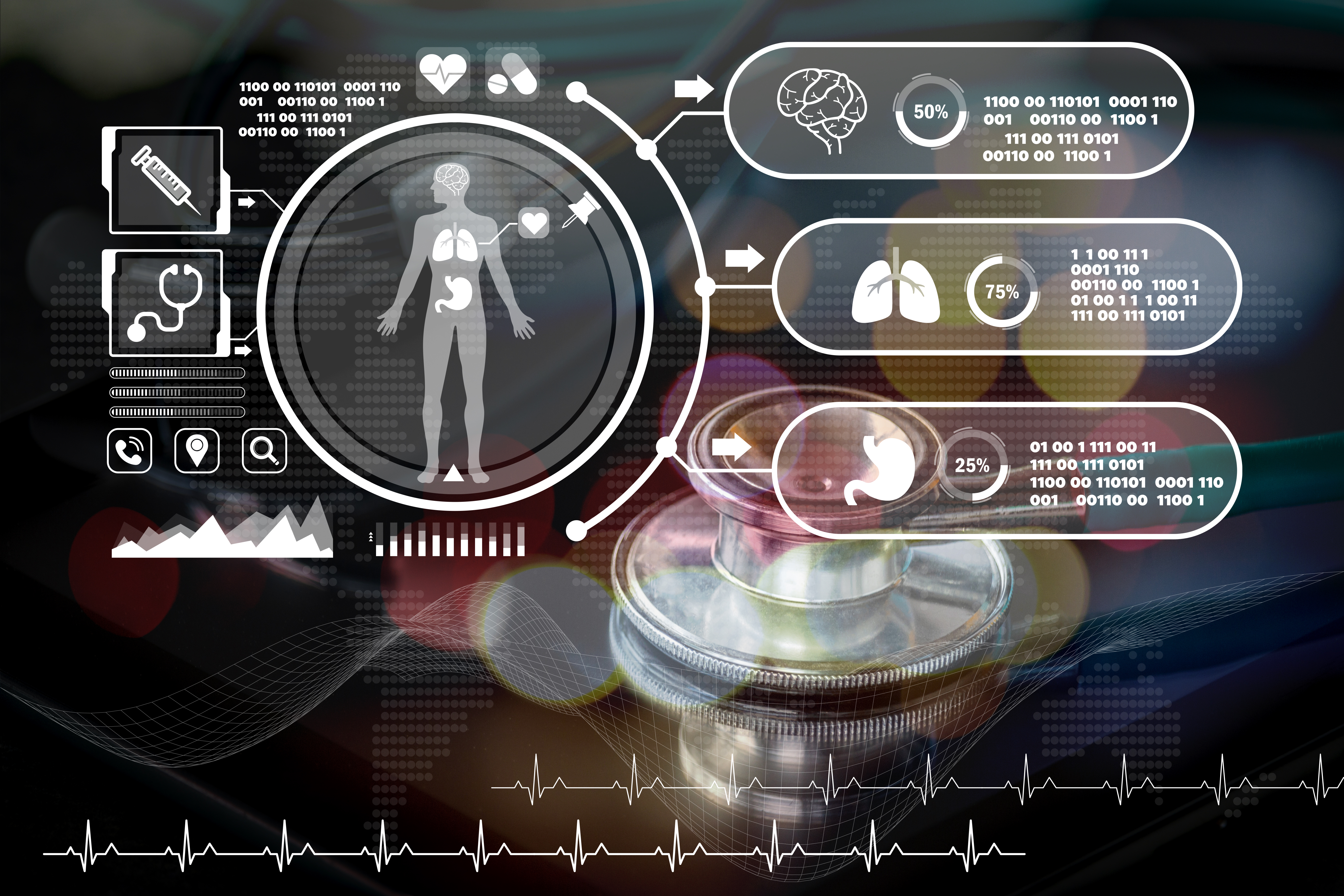
Secure data protection
A PHR system must appropriately protect individuals' health information. Security measures and data privacy protection are crucial. The PHR system should employ encryption techniques to safeguard data and protect against unauthorized access. Additionally, it is essential to have appropriate access controls and monitoring mechanisms in place to prevent the leakage of personal information.
Integrating PHR with trending technologies
Modern healthcare has reached beyond any hospitals or health facilities’ walls. Healthcare is now much closer to patients, following and detecting every minor change in their health conditions. IoTs (Internet of Things), AI or remote patient monitoring are brand new health innovations. Those trending tools, integrated with PHR systems, would help personalized and continuous care become more possible.
PHR and IoTs
By connecting PHR systems with IoT devices, individuals can monitor and track various health metrics in real-time. Wearable devices, smart home health appliances, and fitness trackers contribute to a continuous stream of data that enriches the PHR with dynamic, up-to-the-minute health information. This integration not only provides a comprehensive view of an individual's well-being but also enables proactive healthcare interventions based on the continuous flow of data from the IoT ecosystem.
PHR and AI
AI algorithms can analyze vast amounts of data within PHR systems, identifying patterns, predicting health trends, and offering personalized insights. Machine learning algorithms embedded in PHR systems can assist individuals in understanding their health risks, suggesting preventive measures, and even predicting potential health issues based on historical data.
PHR and remote patient monitoring

By incorporating data from remote monitoring devices into the patient's PHR, this integration allows for continuous tracking of health metrics outside traditional healthcare settings. Patients equipped with wearable devices or home monitoring tools can effortlessly transmit real-time data, such as heart rate, blood pressure, and glucose levels, directly into their PHR. This real-time integration not only provides healthcare providers with a comprehensive and current view of the patient's health status but also empowers individuals to actively engage in their well-being.
Integrating PHR with other healthcare systems
Other than being an independent software or system for patients, PHR can also connect to other systems to support the care process. Here are some healthcare systems that integrate with PHR.
PHR with EHR
Through this integration, patients can view and manage their prescribed medications directly within their PHR. Automated updates ensure that the PHR is current with the latest prescription information, empowering patients to track adherence, receive timely medication reminders, and communicate effectively with healthcare providers. This integration streamlines the prescription process, enhancing patient engagement and medication safety.
PHR with online prescription/e-prescription
Through this integration, individuals can view and manage their prescribed medications directly within their PHR. Automated updates ensure that the PHR is current with the latest prescription information, empowering patients to track adherence, receive timely medication reminders, and communicate effectively with healthcare providers. This integration streamlines the prescription process, enhancing patient engagement and medication safety.
PHR with medication history system
By gathering self-reported data with professionally documented medication history, this integration offers a holistic view of a patient's medication journey. Healthcare providers can access accurate and up-to-date information, enabling them to make informed decisions, identify potential drug interactions, and tailor treatment plans. The synergy between PHR and medication history systems not only enhances patient safety but also contributes to more effective healthcare delivery.
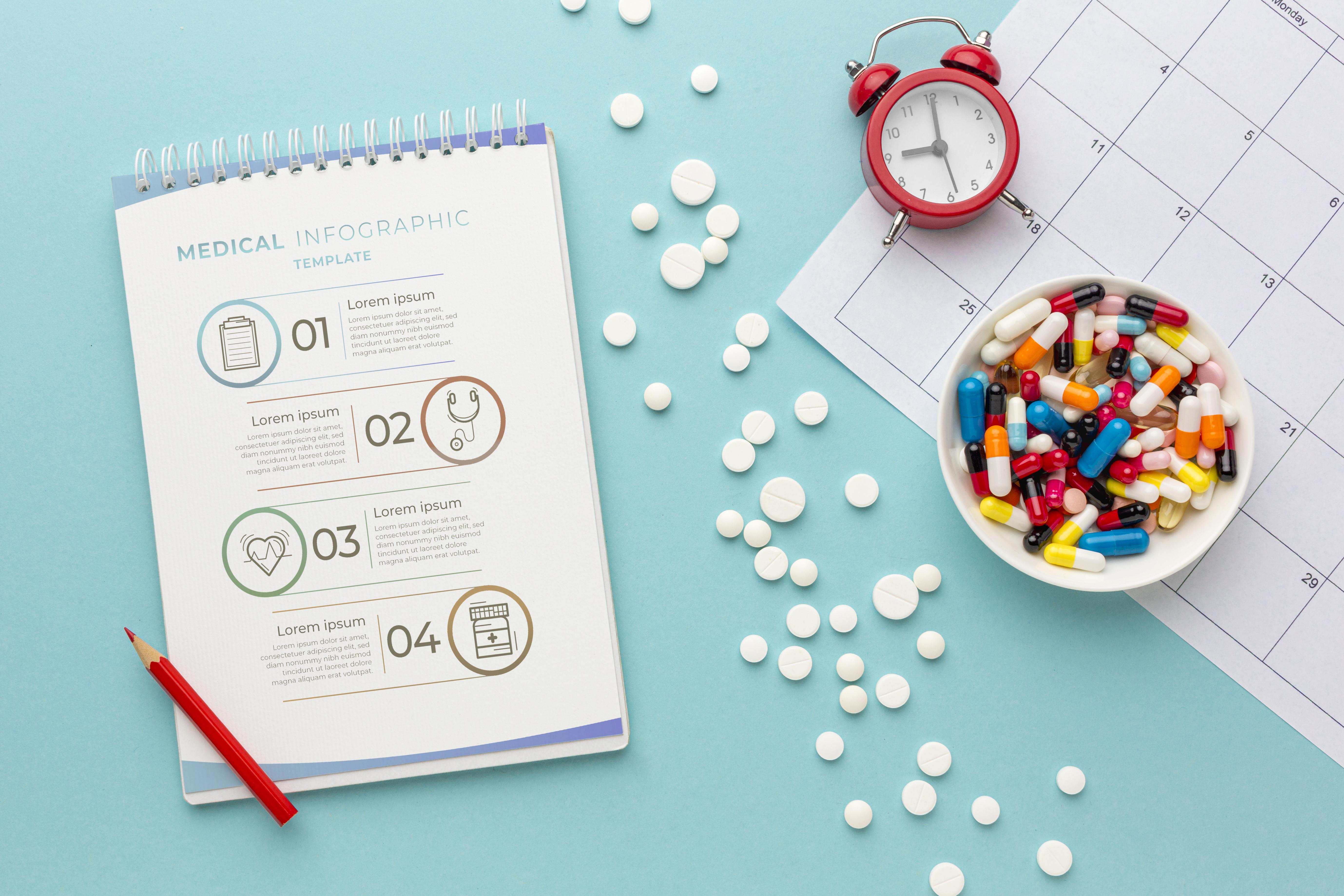
PHR with scheduled appointment system
Individuals can conveniently view, schedule, and manage their appointments directly within their PHR, promoting proactive engagement in their healthcare journey. This integration facilitates communication between patients and healthcare providers, reducing scheduling errors and improving overall appointment adherence. By centralizing appointment information, PHR integration with scheduled appointment systems streamlines the administrative aspects of healthcare delivery, enhancing the patient experience.
Conclusion
Determining the necessary functions is the first step in deciding which PHR development solution would be fit for healthcare providers. By utilizing PHR, patients can actively manage their health, and healthcare providers can benefit from its efficiency. However, it is crucial to choose a reliable PHR system and prioritize the security and privacy protection of personal and health information to fully leverage these advantages. We hope this article will be a helpful source for healthcare providers who are looking for ways to build a PHR system and improve the healthcare process.






